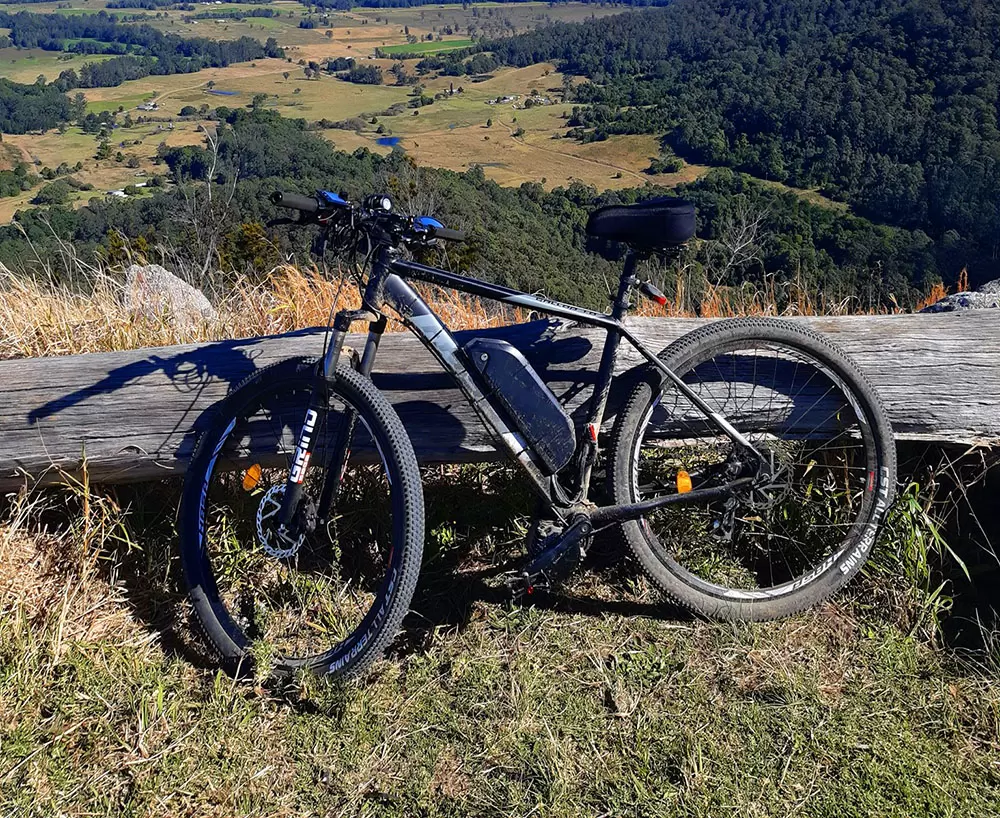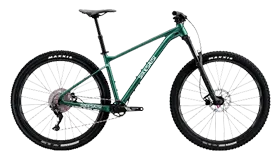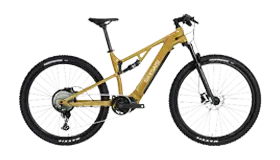How Fast Do Electric Bikes Go?
Electric bikes, also known as e-bikes, have gained popularity in recent years as a convenient and environmentally friendly mode of transportation. One common question that potential e-bike riders often ask is: "How fast do electric bikes go?" In this article, we will explore the speed capabilities of electric bikes and factors that can affect their top speeds.
Classifications of Electric Mountain Bikes
The speed restrictions for electric mountain bikes vary based on their class. Class 1 e-bikes are limited to a maximum speed of 20 mph and provide electric assistance only when the rider pedals. Class 2 e-bikes also have a maximum speed of 20 mph, with the electric motor providing power when pedaling or through a throttle. Class 3 e-bikes, also known as "speed pedelecs," have a maximum speed of 28 mph and may have additional usage restrictions based on the state.
It's important to note that the actual speed of an electric bike can also be influenced by external factors such as rider weight, terrain, wind resistance, and tire pressure. Additionally, local laws and regulations may impose speed limits on electric bikes, so it's crucial to be aware of any restrictions in your area.
To summarize the classifications:
| Class | Maximum Speed | Mode of Electric Assistance |
| Class 1 | 20 mph | Only when the rider pedals |
| Class 2 | 20 mph | When pedaling or through a throttle |
| Class 3 | 28 mph | Additional usage restrictions may apply based on state |
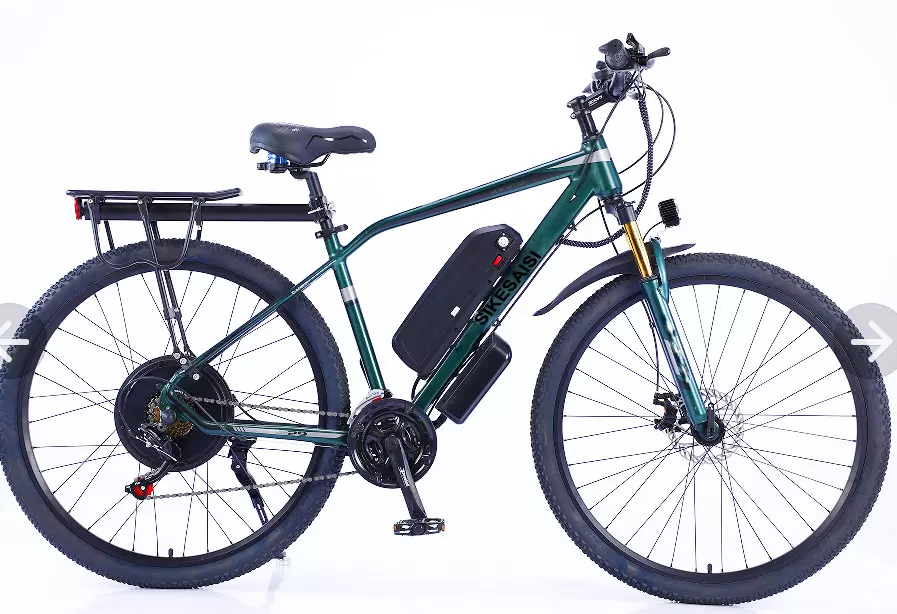
Types of Electric Bike Motors
The speed capabilities of an electric bike are largely determined by the type of motor it is equipped with. There are three main types of electric bike motors:
- Hub Motors: These motors are located in the hub of either the front or rear wheel. They provide a smooth and quiet ride but may not offer as much torque as other motor types.
- Mid-Drive Motors: Positioned near the bike's bottom bracket, mid-drive motors leverage the bike's gears to provide better torque and efficiency. They are known for their ability to handle steep inclines and varied terrain.
- Friction Drive Motors: These motors operate by pressing against the bike's tire to generate movement. While they are less common than hub and mid-drive motors, they are often favored for their simplicity and ease of maintenance.
Each type of motor has its own unique characteristics that can impact the speed and performance of an electric bike.
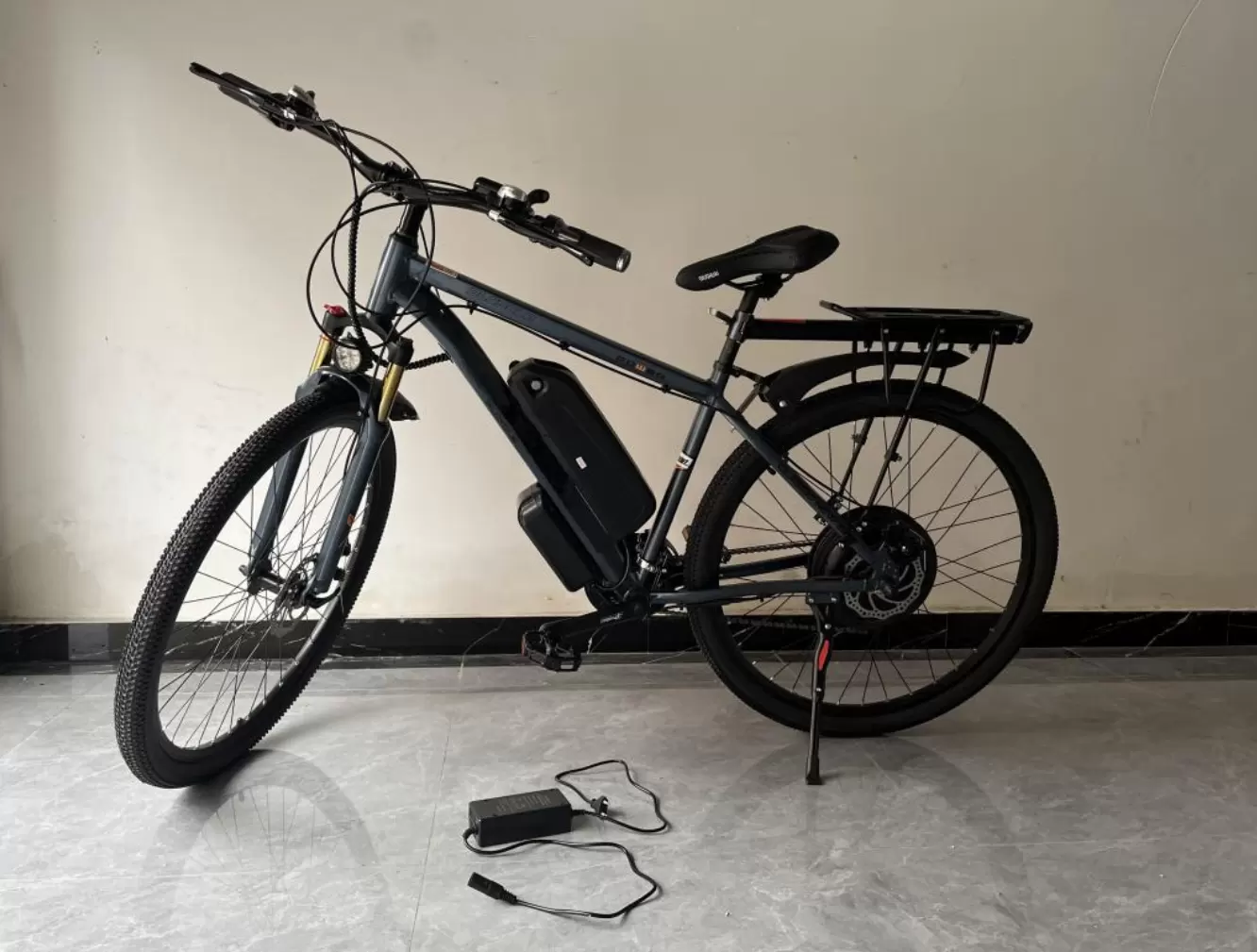
Battery Capacity and Range
The battery capacity of an electric bike plays a significant role in determining its speed and range. E-bikes with larger battery capacities can generally sustain higher speeds for longer periods. Additionally, a higher-capacity battery can provide a longer range per charge, allowing riders to travel greater distances without needing to recharge.
When considering the speed of an electric bike, it's important to take into account the battery's voltage and ampere-hour (Ah) rating. Higher voltage batteries can deliver more power to the motor, resulting in increased speed capabilities. Similarly, a higher Ah rating indicates a larger energy capacity, which can contribute to extended range and sustained speeds.
Factors Affecting Electric Bike Speed
While electric bikes are capable of reaching impressive speeds, several factors can influence their overall performance:
- Rider Input: Most electric bikes are equipped with pedal-assist systems that require the rider to pedal in order to engage the motor. The amount of effort exerted by the rider can directly impact the bike's speed.
- Terrain: Riding conditions such as steep hills or rough terrain can affect an e-bike's speed. Mid-drive motors are particularly well-suited for handling varied terrain due to their torque advantage.
- Wind Resistance: Like traditional bicycles, e-bikes can be affected by wind resistance, especially at higher speeds. Aerodynamic designs and riding techniques can help mitigate this factor.
- Tire Pressure: Proper tire inflation is essential for optimizing an e-bike's speed and efficiency. Underinflated tires can increase rolling resistance and reduce overall performance.
Legal Considerations
Before pushing the limits of an electric bike's speed capabilities, riders should be aware of local laws and regulations governing e-bike use. Many regions have specific speed limits for electric bikes when operating on public roads or bike paths. Exceeding these limits may result in fines or other penalties, so it's crucial to adhere to applicable laws.
Additionally, some jurisdictions classify certain types of e-bikes as mopeds or motorcycles based on their speed and power output. Riders should familiarize themselves with the classification of e-bikes in their area to ensure compliance with relevant regulations.
Conclusion
Electric bikes offer a versatile and efficient means of transportation, with speed capabilities that cater to a wide range of riders' needs. Whether for commuting, recreational riding, or fitness purposes, e-bikes provide an accessible option for individuals seeking an alternative to traditional bicycles or motor vehicles.
By understanding the factors that influence electric bike speed and being mindful of legal considerations, riders can make informed decisions about how to maximize their e-bike experience while ensuring safety and compliance with regulations.
